


This website was made for Valentina Varas, a great writer and an even better friend. It started as a need for her to show her work online, being able to publish or unpublish to her willing. The needs were basic, the content was separated in plain text, photo galleries and external links. She learned to master the back-end in no time.

The graphic design was made by Iñaki Palacios, a pleasure to work with, and the subtle dynamic interactions were thought and tuned on the way. The interaction between the writer, designer and development was a key part on achieving a really polished user experience, accomplishing all the writer's little whims and being suitable for the readers as well.

To achieve fidelity with the design no template was used, the tools used were Bootstrap, TypeIt and StellarJS for the parallax effect. All these tools were mounted over Kirby CMS to give the writer a clean back-end with no need for experience or coding abilities.


It's always rewarding to see a beautiful creation being used to solve tiny needs of individual people.

In a time of economical instability in Argentina, the exchange ratio between US dollars and the local currency (Argentine Peso) is present everyday in all news outlets and as speculation markets grow due to the volatility of our currency, different ratios start appearing as an alternative to going to the bank and buying (usually the most expensive way).

The objective of this artistic project was to provide a better and simpler interface to the always present question 'how much is a dollar today?'. For that, an ESP8266 reading an online API was embedded into acrylic paintings of a lettuce (a slang term used to refer to the green currency) and an Arduino Micro providing the information to a 4 digit 7 segment display. Everything is powered by a micro-USB charger.

A Printed Circuit Board (PCB) and a 3D printed stand were designed and produced to give the product a polished design.

Notice that in a lapse of just one month after this project started, the exchange rate escalated from $27.48 up to $40.69.


Bachelor Thesis for Mechanical Engineering - Universidad de Buenos Aires
A stereotactic frame is a surgical tool used for neurosurgeries, designed to guide the surgeon’s tool to a specific point inside patient’s skull. This project consisted in redesigning the tool making it from 3D printed pieces.

The first part of the design was setting the Cinematic Scheme for a device with 5 degrees of freedom, being able to reach the objective point and control the advance in penetration for any inconveniences during the surgery.
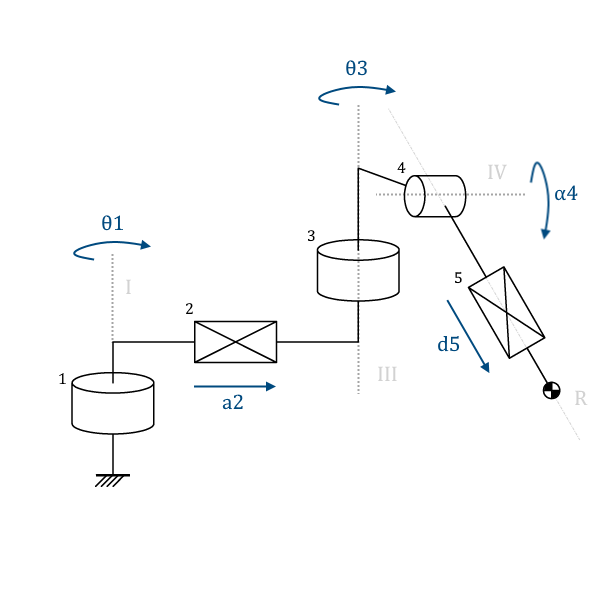
Afterwards, a morphologic prototype was developed with the objective to materialize the degrees of freedom in 3D printed pieces, foreseeing the need of being able to assemble and disassemble the device with as little screws as possible.

A functional first prototype was then developed, with an ergonomic base and marks in between any moving pieces with the objective of measuring with high precision every rotation and displacement.

Several improvements were made in between the first and final prototype, more information about the design process and calculations, as well as the STL files for printing, available at 3dtactics.org.
The final result was a satisfying 0.2mm final precision of the needle, achieved with a homemade 3D printer.

My involvement with Revista Sandía started in mid 2015, back then it was a digital magazine, with no printed versions, and no website either, just PDF. The first objective was to give the published artists a place to see their curated works in a website.
The firsts articles were handmade, pure HTML, trying to achieve a similar design to the PDF version, and adding some transition effects, different on each case. The articles were in some cases plain text, sometimes photo galleries, music, and in other cases a totally new type of artistic experiments, the key point of this work was to find a way of displaying the information in a clean and beautiful way.


The older designs can be found at http://revistasandia.com/old.
After a year, the magazine reached a printed version trice a year, the amount of articles being published grew exponentially, leaving a bottleneck in the design and programming of the articles to be displayed in the website. The new situation brought the need for a Content Management System, a back-end easy to use so that the curators could be able to upload new content without any coding skills.
The requirements were fidelity with the graphic design, developed by our team, and versatility to include artistic experiments and all kinds of different content classes. After a long research of possible CMS, the winning one was Kirby CMS, for it's simplicity, clean code and open-sourceness. So the process started by standardizing possible content types and creating a new face for the website.
There were 3 basic content types: images, plain text, and text with an image, and then all the other possible features (like music and videos) were added to each of those content types as necessary.
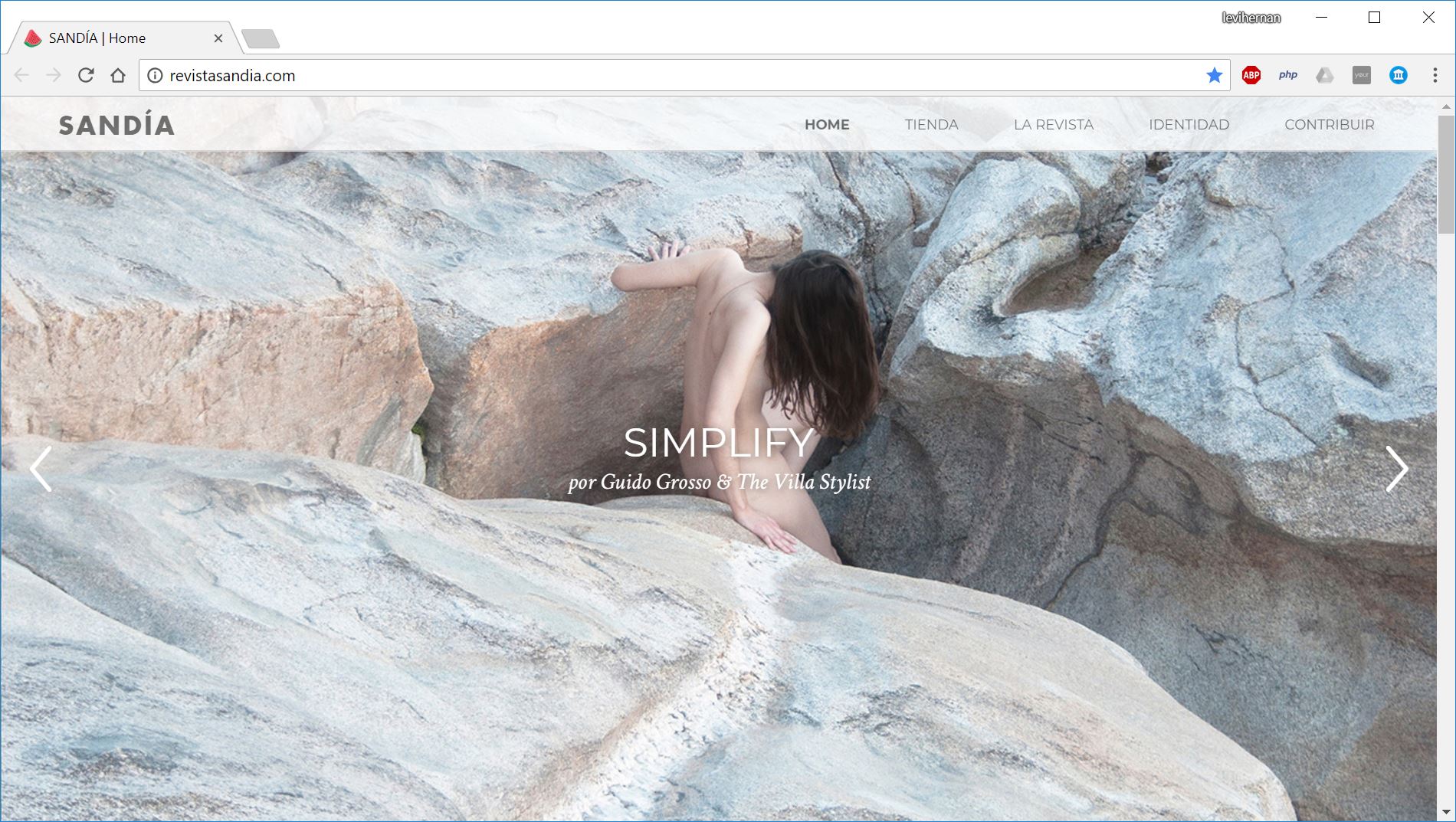

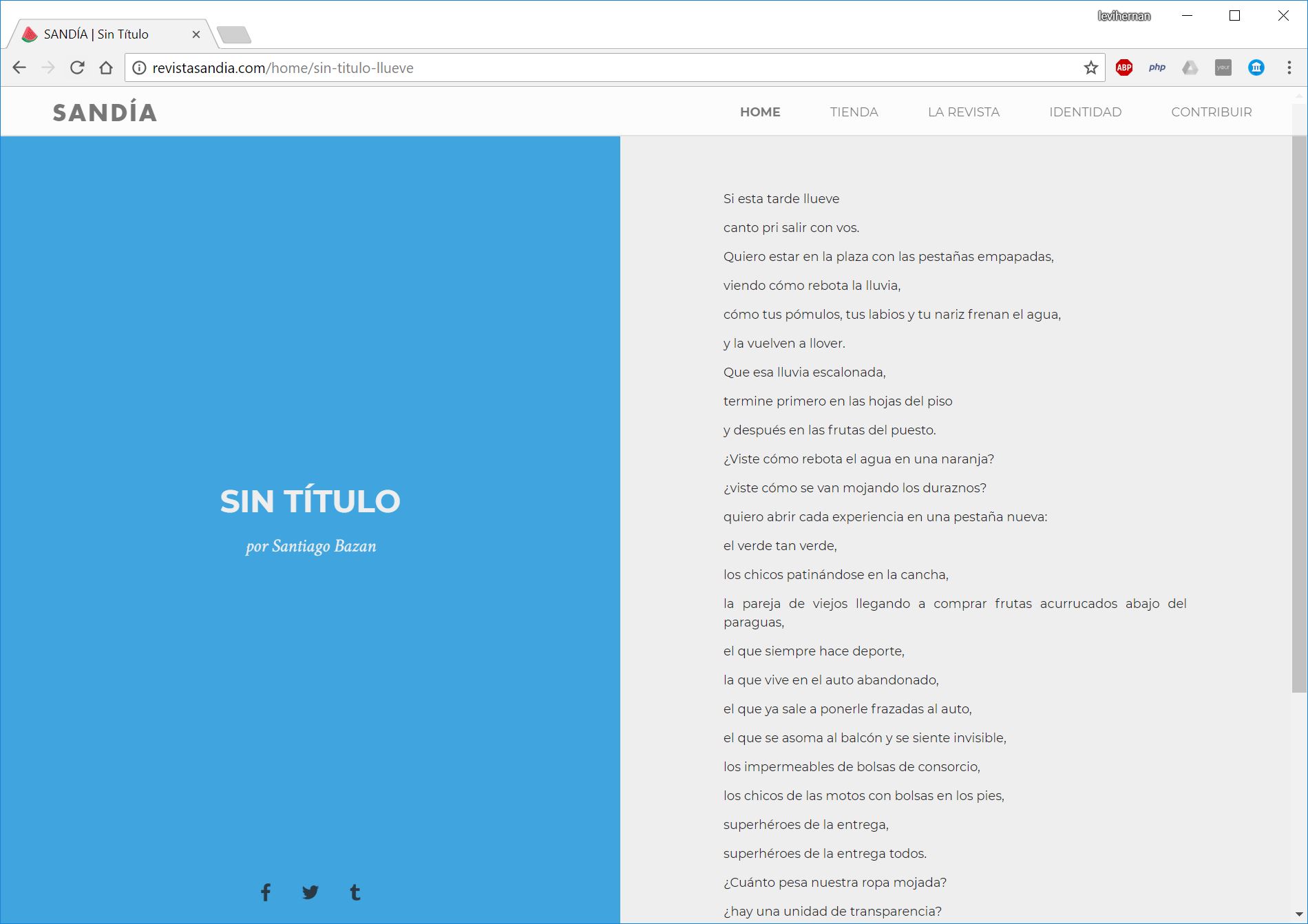

The back-end was tailored for the curators team, so they could add the content asynchronously and then they could choose when to make public each content.

Working in Sandía I learned from a very skillful group of people a lot about graphic design, very much about teamwork and motivation, and a few things about the art industry. The magazine came to a stop by 2017 but it's website, and the printed numbers, remain as a gallery of some old contemporary art.

This project came as a result of a creative electronics course by Jorge Crowe, my idea was to repurpose a printer cartridge motor to perform the movement of a violin bow. 3D printed parts where designed for the handle and the bow gripper, a potentiometer was installed to control the back and forth speed of the bow and two limit switch sensors where added to each side to tell the Arduino when to change the direction.
I burned 2 Arduino boards during this project, by reasons of space I learned how to deploy the ATmega directly to the protoboard with it's own power source.

The result, with a very loosen axis and a DC motor pushing the bow, the precision required was not nearly as necessary for making the violin sound well, but it's nice to set creativity free to create new and weird things.
To improve precision, a stepper motor powering a roller over a linear axis can be used, in that way, not only one can control the speed and acceleration, but the movement would hold steady even under the necessary pressure to play the violin.

The objective of this project was to assemble a wandering robot, able to detect walls in front of it through an ultrasound sensor, that would move left or right, depending of which side shows more space to advance.
For that, 2 DC motors, the ultrasound sensor, a servo for turning the sensor, and 2 9V batteries where connected to a stand-alone AT-mega and an H-bridge in a compact 3D printed design, it basically consisted in half a sphere with space for the protoboard with the wiring and all the other components.

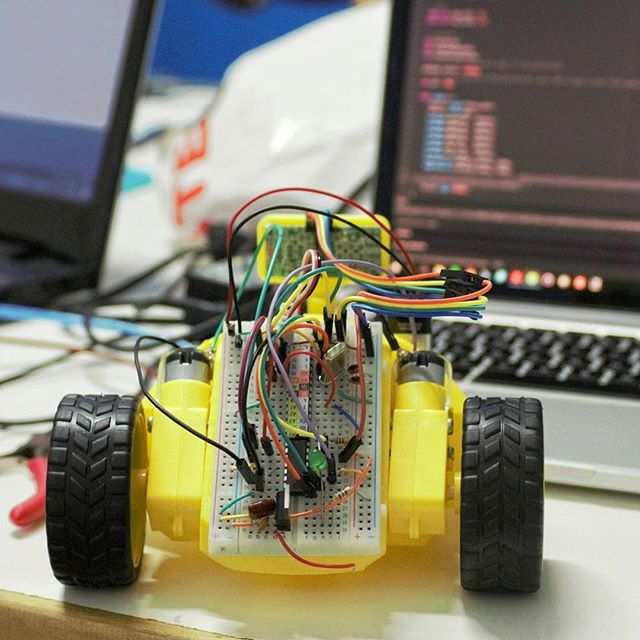

As a part of my work for Argentina's National Ministry of Production in 2016, I was asked to update the weekly data report that had a printed format, taking 1 person day a week to prepare in Excel sheets. The proposed solution was to create a data visualization web platform, that would automatically create the charts involving no programming abilities from the person feeding the system.
The data was uploaded to a gSheet every time a data report came from any department, this task would take no more than 5 minutes a day. A web application was then deployed, so that it would always read that information and display the latests values in a table for a quick view, and would make historic charts for every economic variable each time somebody wanted to see it. Plus a print option was added to be able to have the reports in paper format. The data reading was made with Tabletop and the charts with HighCharts, both javaScript libraries, making it a quick-and-polished development solution that digitalized a time-taking task.

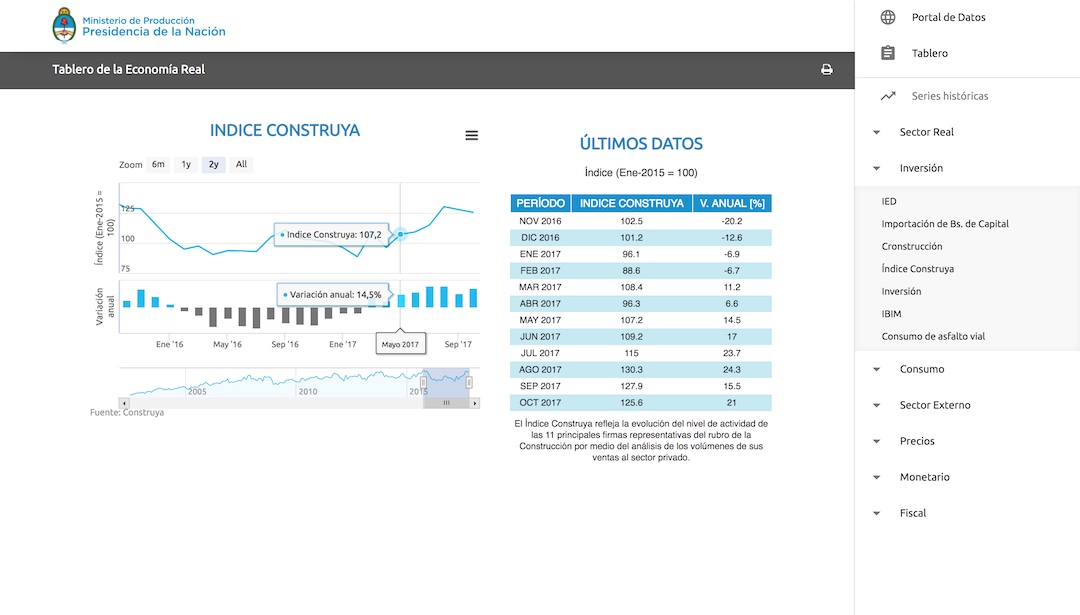


Ever heard a scientific claim about those tiny spots in the night sky, something like 'that is a young star running on hydrogen and helium fuel at its core'? Or about how one of the three Marys went extinct hundreds of years ago? The aim of this research is to learn the basics of how the scientists are able to determine if what we are looking at is a star, a comet, a distant galaxy, a star inside that galaxy, a supernova or any other source of light, even when all we can get is just a pixel in the biggest camera ever built.


During the current outbreak of COVID-19, we are receiving a lot of information about everyday record-breaking raw numbers in different countries. With an exponential growth of cases, and digital news outlets profiting from commercializing our attention, there seems to be a beneficial environment to keep the population constantly checking for updated numbers on a day to day basis. Yet there seems to be very little information about how we are actually dealing with the disease.
The intended goal of this paper is to present a different way of understanding exponentially growing numbers, with the information available, to get a glimpse of how we are doing in the fight against Corona.